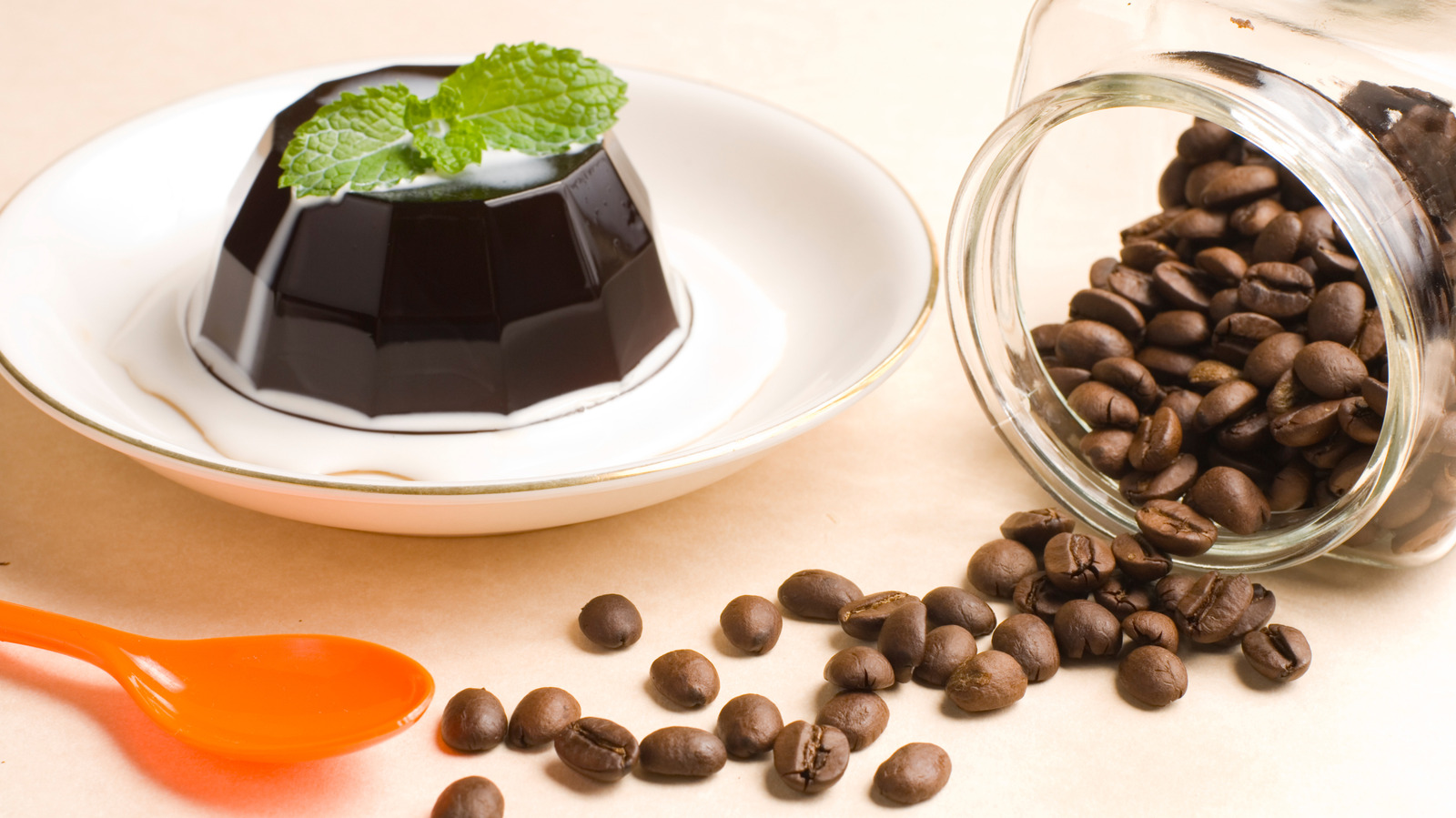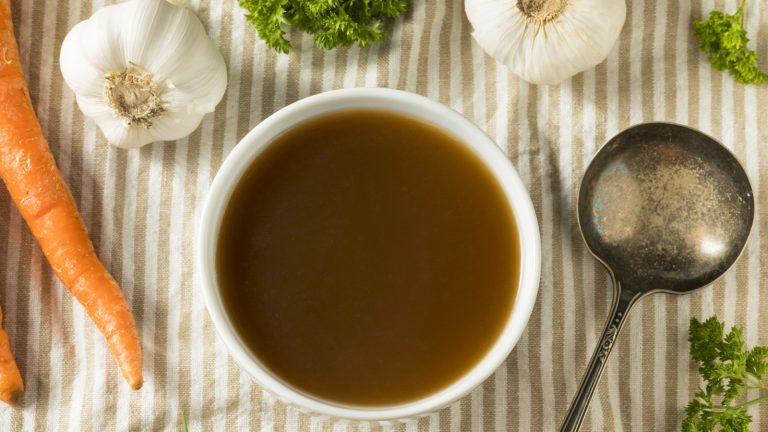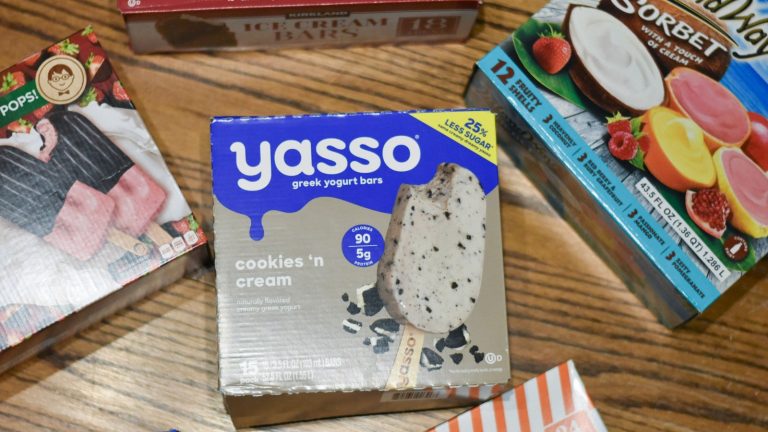If there’s one thing certain about people and food, it’s that we’re always experimenting with the ambition of creating the next culinary hit. Admittedly, this can be a bit of a mixed bag, as we’ve made some great discoveries, like the popsicle, which was created entirely by accident. In that same way, throughout history, some pretty quirky foods have been produced (especially in the 1950s), like the combo of coffee and Jell-O. As weird as this sounds, it’s actually a popular way to enjoy java in Japan, and it was also a flavor that was once purchasable from the Jell-O brand. In fact, the concept isn’t even that new. Coffee jelly could be found in Japan and Britain as far back as the late 1800s, and it’s a regional delicacy in the United States.
Although coffee jelly is a culinary staple in Japan, the dessert is rarely commercially found Stateside. Thankfully, there are plenty of recipes to help you make your own at home. One vintage Jell-O recipe from 1904 combines a bold coffee of choice and a teaspoon of vanilla flavoring with raspberry Jell-O for a tart yet sweet, berry and java-flavored treat. Instead of raspberries, you could opt for strawberry Jell-O, which would result in a final product that’s reminiscent of a strawberry latte. Of course, anyone wanting traditional Japanese coffee jelly just needs to mix together extra-strong coffee, kanten powder, sugar, water, and an optional splash of condensed milk. Any of these can be paired with whipped cream as a perfect pick-me-up.
Coffee jelly has been an unsung regional staple throughout history
During Japan’s Taishō Era, the recipe for coffee jelly found its way to what would become a major fanbase via a 1914 print of Yomiuri Shimbun, a Japanese newspaper that continues today. While it’s unclear if the recipe was influenced by earlier ones published in London and the United States, it can be said that Japan put its own spin on jelly as a whole by using kanten. Japanese coffee gelatins are made with an emulsifier made from seaweed, rather than animal collagen, which was the practice at the time. While coffee jelly never necessarily lost popularity, the small, long-standing coffee chain Mikado Coffee is said to have helped boost its fame in the 1960s by offering the dish in its shops. Coffee jelly is still popular enough that Starbucks Japan introduced it as a limited-time Frappuccino in summer 2016 and as part of its 25th anniversary promotions in 2021.
Interestingly, one of the recipe’s first printings can be found in an 1817 edition of London’s “New Family Receipt-Book.” As the treat gained traction, it made its way to the United States, where it appeared in “The Boston Cooking-School Cookbook” in 1896. Then, 22 years later, the Jell-O brand introduced coffee among its flavors. However, this was a regional release that mainly sold in the New England area. Whether due to its unappealing brown color or low sales, the flavor was discontinued shortly thereafter. Still, it didn’t disappear from the region entirely. In 1946, coffee jelly was offered at the United Oyster House in Boston. Furthering how beloved it was in New England, it was a cornerstone offering at one of the area’s longest-standing restaurants, Durgin-Park, until it closed its doors in 2019. Ultimately, whether you’re fortunate enough to find it in a restaurant or make yours at home, it can be agreed that coffee jelly is certainly worth trying.






